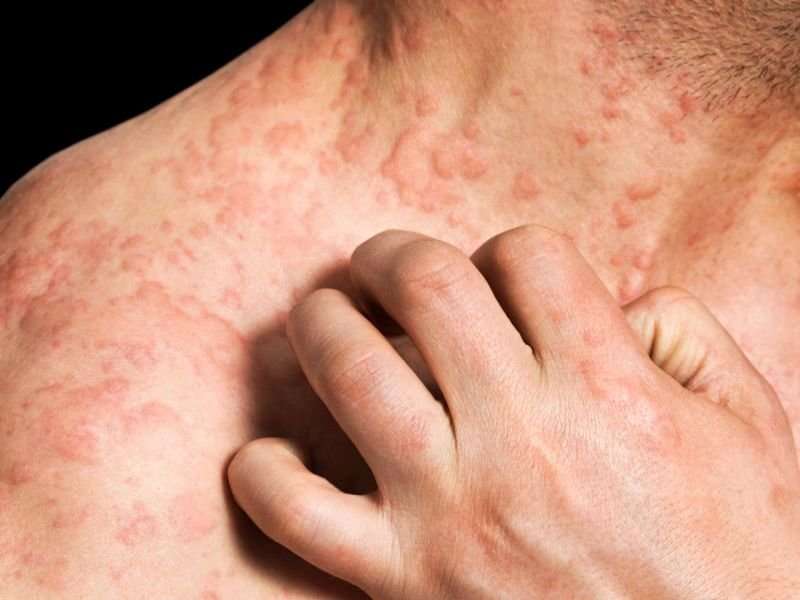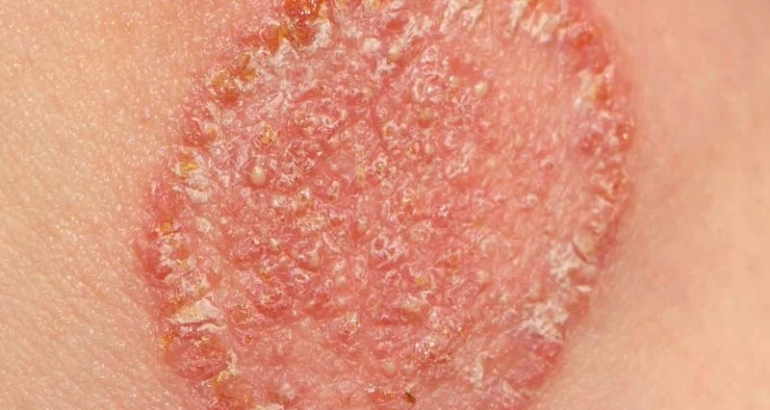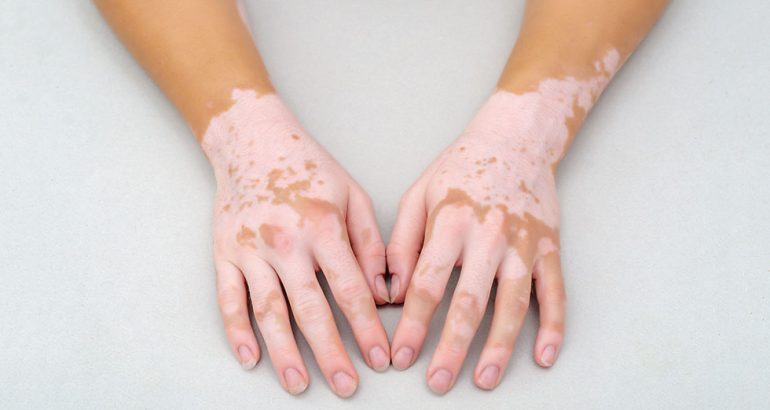Atopic dermatitis is a common, often persistent skin disease that affects a large percentage of the world’s population. It’s common in children but can occur at any age.
Patients with atopic dermatitis have “super sensitive” skin and a decreased threshold for irritation.
Atopy is a special type of allergic hypersensitivity that is associated with asthma, inhalant allergies , and chronic dermatitis.
Atopic dermatitis is long lasting (chronic) and tends to flare periodically. There is a known hereditary component of the disease, and it is more common in affected families.
In atopic dermatitis, the skin becomes extremely itchy , causing redness, swelling, minute blisters, cracking, weeping, crusting, and scaling. This type of eruption is termed eczematous. In addition, dry skin is a very common complaint in almost all those afflicted with atopic dermatitis.
SYMPTOMS
- Dry skin
- Itching, which may be severe, especially at night
- Red to brownish-gray patches, especially on the hands, feet, ankles, wrists, neck, upper chest, eyelids, inside the bend of the elbows and knees, and in infants, the face and scalp
- Small, raised bumps, which may leak fluid and crust over when scratched
- Thickened, cracked, scaly skin
- Raw, sensitive, swollen skin from scratching
TREATMENT
While topical steroids and oral antiallergics are used to control flare ups of the disease, it is extremely important for patients of atopic dermatitis to observe precautions in order to keep symptoms at bay.
PRECAUTIONS
include moisturizing twice a day, avoiding long hot showers, avoiding triggers such as certain foods or fabrics, and using gentle soaps.
Being a chronic disease that spans over many years, we at Singhania Skin Clinic believe in treating this condition with a more holistic approach instead of over using medications.



